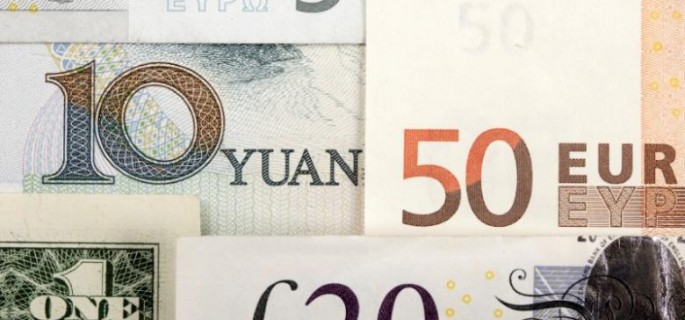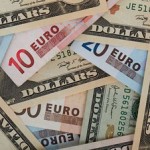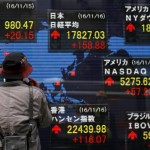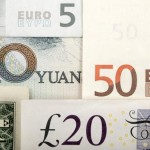Euro at one-month low vs dollar; yuan set for worst month since 1994

The euro plunged to a one-month low against the dollar on Friday, as investors looked for aggressive easing by the European Central Bank and ignored doubts by some policymakers about the need for more stimulus.
Poor euro zone economic data on Thursday reinforced views the ECB would cut its benchmark interest rate and announce a new round of quantitative easing at September’s meeting. German inflation slowed in August and unemployment rose, more evidence that Europe’s largest economy is slowing.
Christine Lagarde, the ECB’s next president, said the central bank still has room to cut rates if necessary. But divisions clearly remain within the ECB.
Board member Sabine Lautenschlaeger said it was too early to consider a “huge package” of stimulus. Dutch central bank chief Klaas Knot, a prominent hawk on the Governing Council, said he was open to a rate cut but thought a resumption of asset purchases would be premature.
The euro fell 0.2% to $1.1033, the lowest since Aug. 1. It has shed nearly 12% of its value against the dollar since the beginning of last year in a clear downward trajectory.
An index that tracks the dollar against a basket of six other currencies was flat at 98.561, down from a one-month high of 98.595 in Asian trading. The dollar gained on Thursday from hopes China and the United States would renew their talks on trade.
“The dollar is getting bid from month-end flows, but the euro side of the equation is compromised by what appears to be a set of lackluster economic data in the eurozone,” said Jeremy Stretch, head of G10 forex strategy at CIBC Capital Markets.
“This opens a debate of how aggressive the ECB” may be in the coming months, Stretch said.
Money markets are pricing in 15 basis points of rate cuts at the next ECB meeting, on Sept. 12, pushing rates further into negative territory.
Elsewhere, the Australian dollar headed toward a recent 10-year low, last trading down 0.2% at $0.6718. The New Zealand dollar was down 0.2% at $0.6297, after touching a four-year low of $0.6290.
Analysts blamed the declines on fading expectations that Beijing and Washington would avert increases in tariffs on Chinese goods set for Sept. 1. Washington is due to start imposing 15% tariffs on $125 billion worth of goods from China on Sunday.
Focus is also moving to weekend data from China, especially its official manufacturing survey, which is expected to show factory activity contracted in August for the fourth straight month.
The yuan is set for its biggest monthly decline since 1994. It has lost around 3.7% to the dollar, after trading as low as 7.185 earlier this month.
The Japanese yen was stable at 106 versus the dollar, though it has gained about 2% this month.
“There are so many geopolitical risk factors now. Not to mention U.S.-China trade conflicts, we have Brexit, Hong Kong and the Middle East. So we should expect the yen to jump from time to time,” said Minori Uchida, chief currency analyst at MUFG Bank.
The pound was steady at $1.2182, but 0.2% lower against the euro at 90.59 pence.
Source: Reuters





























